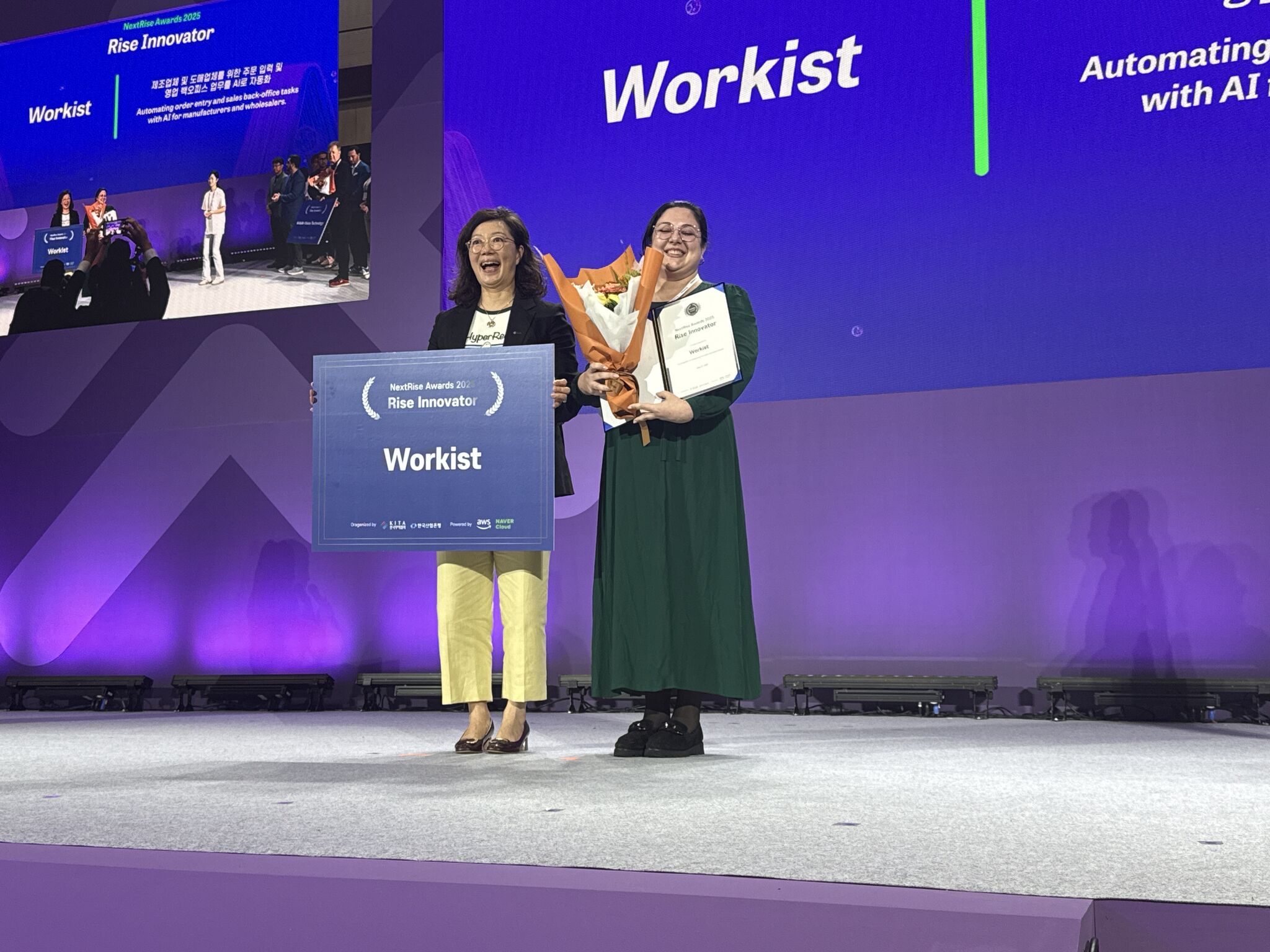Automation plays a crucial role in today's digital world. It offers companies an efficient and accurate way to perform tasks and optimize processes. One area where automation is having a major impact is document processing. In this blog article, we will look at one specific document processing system: template-based systems.
We will discuss how they work, how they are used and their advantages and disadvantages. These systems have the potential to revolutionize the way businesses process information by improving accuracy and efficiency. However, they are not without their limitations. Read on to find out more about how template-based systems are used in document processing and whether they could be suitable for your organization.
What are template-based systems in document processing?
In this category, conventional OCR technology is enhanced with customized templates to combine automatic text recognition with the interpretation of the recognized data. Templates are the backbone of these systems and provide a structured framework for document processing.
The solutions utilize pre-stored layout and format templates that specify where on the document which information is stored. An approximate interpretation of the machine-readable data is possible via the spatial assignment of read-out data with the context information from the template.
How do template-based systems work?
To use template-based systems, each customer's specific document layout must be entered into the software. To do this, a template must be created in which the spatial position of certain information on the customer's document is specified, e.g. the delivery address always at the bottom right of the document. The predefined templates allow solutions in this category to be customized to different formats and layouts.
The prerequisite for this is the storage of the specific templates in the software. Once the template has successfully interpreted the information extracted from the document using OCR technology, the data field can be transferred to the input screen of the ERP system for order creation. This data transfer can take place without human intervention, enabling order entry to be automated.
The decisive factor for the success of the software in this category is the consistency of incoming customer orders and the number of (new) customers. Even the smallest deviations from the template, such as a two-page order instead of a one-page order, order item lines with page breaks or an additional note on delivery instructions, can mean that the extracted data can no longer be interpreted automatically.
As a result, the automatic processing of incoming orders fails and the order must be processed manually. Alternatively, the customer's stored template can be customized. However, this process is usually very time-consuming, which only shifts the workload away from the manual entry of orders to the maintenance of templates or, in the worst case, even increases it.
Solutions based on templates are therefore only worthwhile for a limited group of companies, or can only be an intermediate step on the way to a high level of automation. To achieve this goal, it is necessary to use solutions from the higher levels.
Conclusion
To summarise, it can be said that template-based systems are a first step in the direction of automated order entry. These systems are particularly suitable for companies with a small customer base that changes little and remains consistent in its orders.
However, companies with growth ambitions or a large customer base should refrain from introducing template-based solutions. Instead, they should turn to higher-level solutions, such as artificial intelligence, in order to satisfactorily implement automation of the order entry process and realise the benefits.

%201.jpg)
